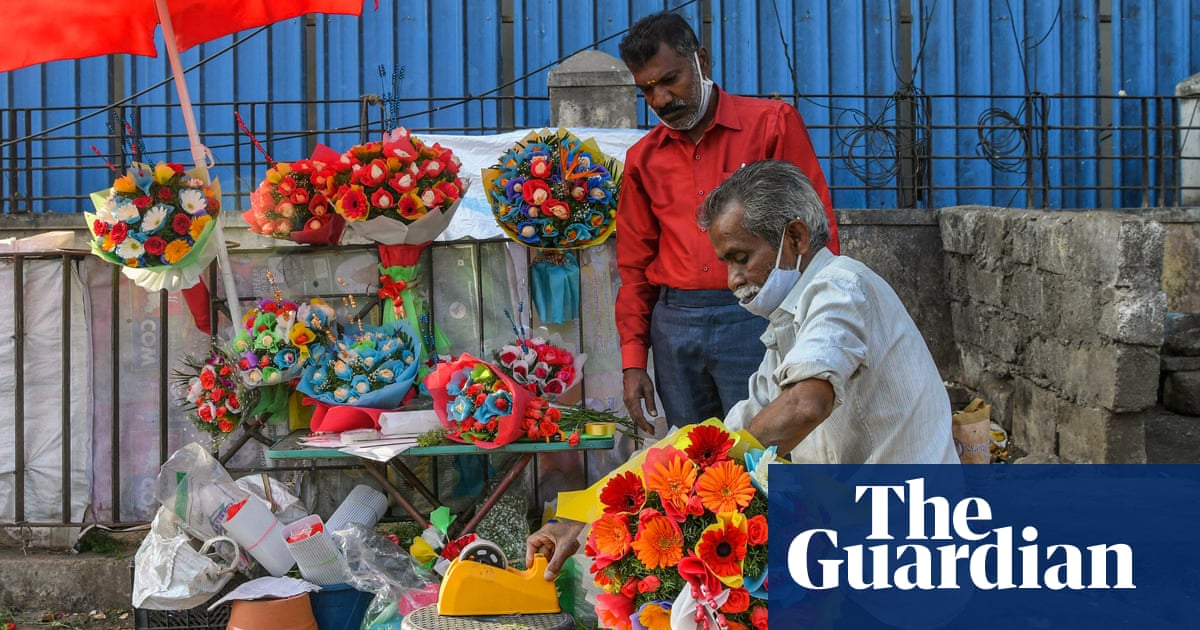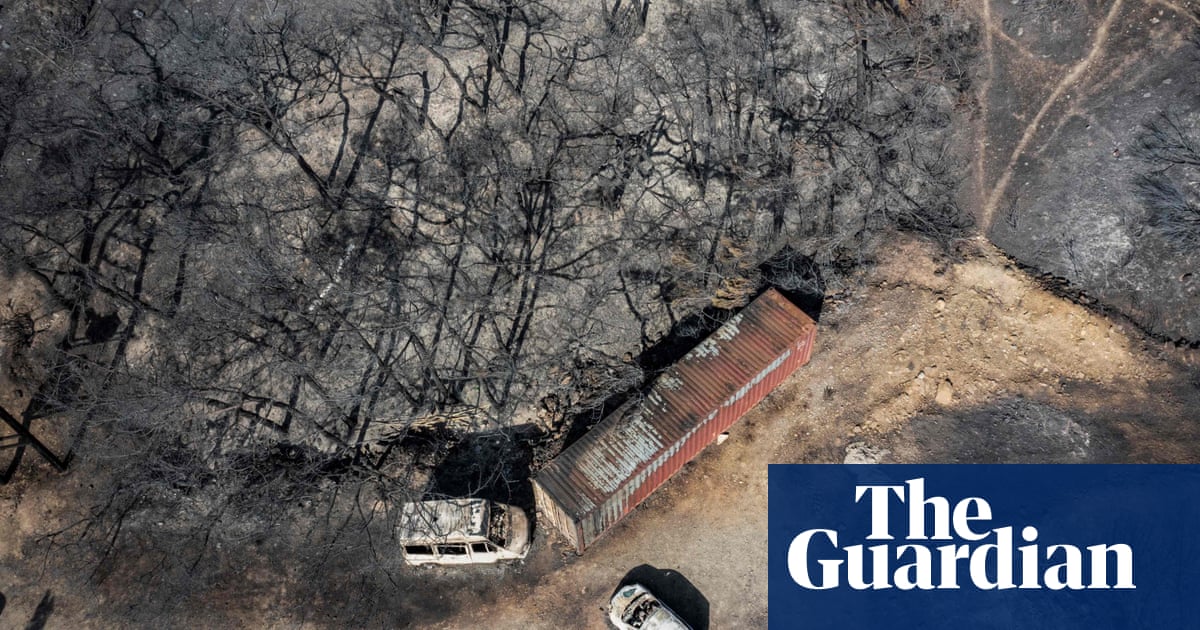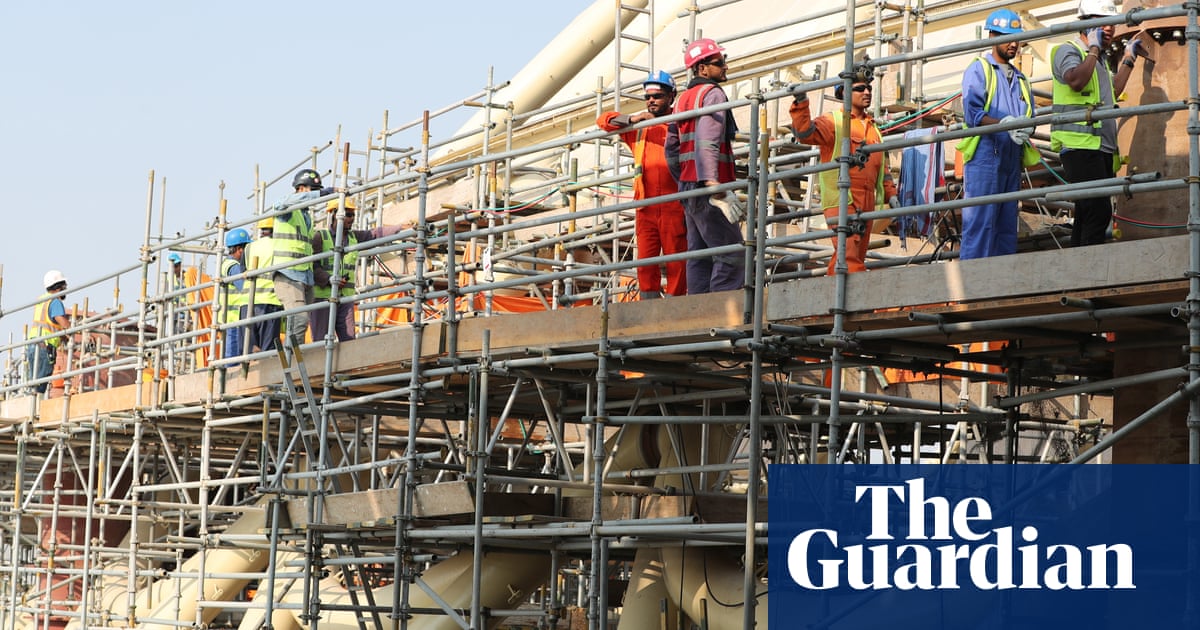
Venkatachala starts his day early, neatly arranging jasmine, roses, chrysanthemums and crossandras on his pushcart. He then heads out on to the streets of Bengaluru, calling out to customers who use fresh flowers for religious rituals and daily prayers at home.
His goal this summer has been to sell most of his stock before 10am. Venkatachala knows that with each hour after that, his flowers will wilt, and the odds of selling them and the income he can expect will fall significantly.
“Out of 10kg of flowers, I manage to sell only about 3kg in the mornings. After that, a little more gets sold in the evenings.
“My flowers wilt quickly in the heat. Who wants to buy wilted flowers?” says Venkatachala, who only uses one name.
In a country known for its scorching heat, Bengalureans have, until recently, enjoyed summers that were comfortable and short, running from March to May, with temperatures peaking at an average of 34.1C (93F) in April.
But now it is getting warmer. This year the temperature hit 34.1C by February. By late April, meteorological data showed that the city had recorded its second-hottest summer day in 50 years, as the temperature reached 38.5C.
Bengaluru, known as the Garden City, is the capital of the southern Indian state of Karnataka and home to about 14 million people, including a large number of migrant and casual workers. Most, like Venkatachala, moved from their villages where there were few opportunities and only poorly paid jobs.
According to a recent World Bank report, up to 75% of India’s workers – about 380 million people – are in jobs where they are exposed to extreme heat, at times working in potentially life-threatening temperatures.
India’s informal workforce, which contributes nearly half of its GDP, bears the brunt of rising temperatures, with long-term effects on health and loss of earnings.
For day labourers, including construction or factory workers, street vendors, domestic helpers, delivery staff zipping along the roads and security guards, Bengaluru’s rising heat and drinking-water crisis has been doubly challenging.
“The current construction work, infrastructural and road-widening projects are creating cities without adequate shade or accessible public spaces,” says Dr Ratoola Kundu, assistant professor at the Centre for Urban Policy and Governance at Mumbai’s Tata Institute of Social Sciences.
“The urban poor are especially vulnerable to rising temperatures as it often affects their health, livelihood and income in a cyclical manner,” she adds.
“For instance, they require frequent rest breaks, reducing the hours they can work. Perishable goods spoil easily in the absence of access to cold storage or refrigerators. Customers stay away during the day, thus reducing potential earnings for taxi drivers, auto-rickshaw drivers and street vendors.”
A UN report predicts that by 2050, India’s cities will have absorbed another 416 million people, mostly informal workers migrating in search of a job.
When Venkatachala left his village and arrived in Bengaluru in 2000, the city was known for its tree cover and pleasant environment. It was also a notably chilly winter that year, with December temperatures dipping to a record low of 11.5C (52.7F).
But in 2023, Bengaluru experienced the warmest December in a decade. An average temperature of 18.6C was recorded during the night – 2.7 degrees higher than night-time temperatures in 2013.
“The rise in the night-time temperatures is due to the urban heat-island effect,” says Debdatta Chakraborty, a climate researcher at the Indian Institute of Technology in Mumbai, who is studying the effects of heat on informal workers in Indian cities.
The urban landscape is built with concrete, metal and asphalt. These materials absorb heat during the day and radiate it at night. As a result, nights in cities such as Bengaluru have become warmer.
The heat is worse in the slums, which are home to millions. These “urban informal settlements” have a high density of buildings, with overcrowded homes that trap heat and have poor ventilation. Venkatachala lives with his wife and two children in one such slum, Priyanka Nagar, in east Bengaluru.
“Our house in Bengaluru, no matter how much we cool it, tends to remain hot. The ground floor is bearable, but we live on the first floor, which has [metal] sheet roofing, making life unbearable in the heat,” says Venkatachala.
For Venkatachala, hot days mean he cannot work as hard, and slow business means he loses more stock. He must also spend more on amenities such as water, electricity and healthcare.
“As the temperatures rise, it becomes increasingly challenging to push my cart. I get tired more easily, and my body aches. Once it gets even hotter, I sweat a lot and consequently feel dizzy and can’t do much,” he says.
Recent showers have brought much-needed relief from the heat for Bengalureans. As summers wind down in cities in southern India, the north of the country is preparing for a brutal summer. The India Meteorological Department has forecast heatwave conditions in multiple states in the north in the coming weeks. Bengaluru is also preparing for monsoons.
An International Labour Organization report in 2019 forecast that excessive heat would cut productivity by the equivalent of 80m full-time jobs by 2030.
There are a spectrum of illnesses as the body’s temperature regulation gets overwhelmed by heat, say health experts.
“It could be something as mild as heat fatigue or as severe as heatstroke, where a person would be unconscious and have a core body temperature of more than 40C, which is life-threatening,” says Dr Parth Sharma, a public health researcher. “Those who work with heavy machinery that generates heat or directly under the sun are at higher risk.”
In early March, Karnataka’s health and family welfare department issued a heatwave advisory, urging people to stay hydrated with lemon water, lassi, fruit juice with salt added or by using oral rehydration solutions.
It also recommended eating fruit and vegetables with a high water content, staying indoors in well-ventilated, cool places as much as possible by blocking sunlight and limiting time outdoors during the day.
However, most of these recommendations are luxuries that informal workers cannot afford. Even getting drinking water can be a struggle. Venkatachala, like most of Bengaluru, survives on water bought from tankers but 12,000 litres costs 1,200 rupees (£11.50) – more than six days’ pay for those on the 178-rupee minimum daily wage.
This year, the drinking-water crisis has been severe, hitting even the city’s affluent districts, shopping centres and offices.
“Due to our water issues, we can only afford to take a bath once every two or three days. Unfortunately, this leads to problems such as rashes, dandruff, and other skin issues during the summer,” says Venkatachala.
Unable to access clean toilets, women often drink less. As a result, they suffer serious infections as dehydration aggravates the effects of heat, doctors say.
Severe dehydration can damage kidneys, reduce blood pressure and breakdown muscle, says Sharma. “Often, women working as manual labourers are nursing mothers and their poor health due to dehydration can affect their children as well,” he adds.
Venkatachala occasionally visits relatives in Mysuru, about 90 miles from Bengaluru. They live in an anchu mane, a house with a terracotta-tiled roof, much like Venkatachala’s childhood home.
“Staying in that house is an absolute delight, even in summer; life there is wonderful. However, the income there is minimal, barely reaching 200 rupees a day,” he says.
“The government needs to help villages and small towns become more self-sustainable. We need to prevent more migration and support those in villages to farm better and live better.”
Urban planners and labour rights experts say the experiences of people, including the most marginalised in the city, should be considered when planning how to mitigate extreme heat.
“Building cities that prioritise people means including the voices, experiences, needs and wellbeing of informal workers like Venkatachala in city-level policymaking,” says Tanisha Arora at Purpose, a consultancy working on issues such as climate action. “These forums must be easy to access and genuinely allow for meaningful participation and representation. This is crucial for building a city that focuses on equity and sustainability for everyone.”
Meanwhile, poorer workers have little or no respite from the harsh summer. “My family and I take no precautions to deal with the heat,” says Venkatachala, adding that many older workers just tie a cloth around their heads to protect themselves.
“I should install an umbrella for my pushcart, for myself and to protect the flowers, but I cannot spare the money for such luxuries right now.”












